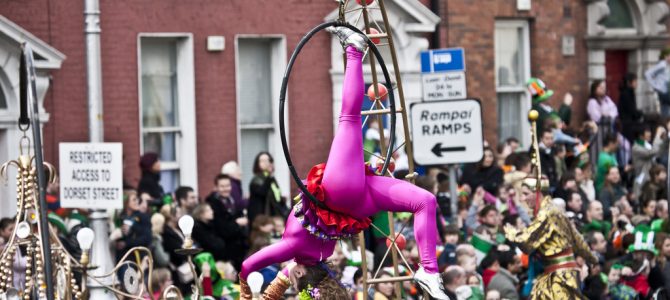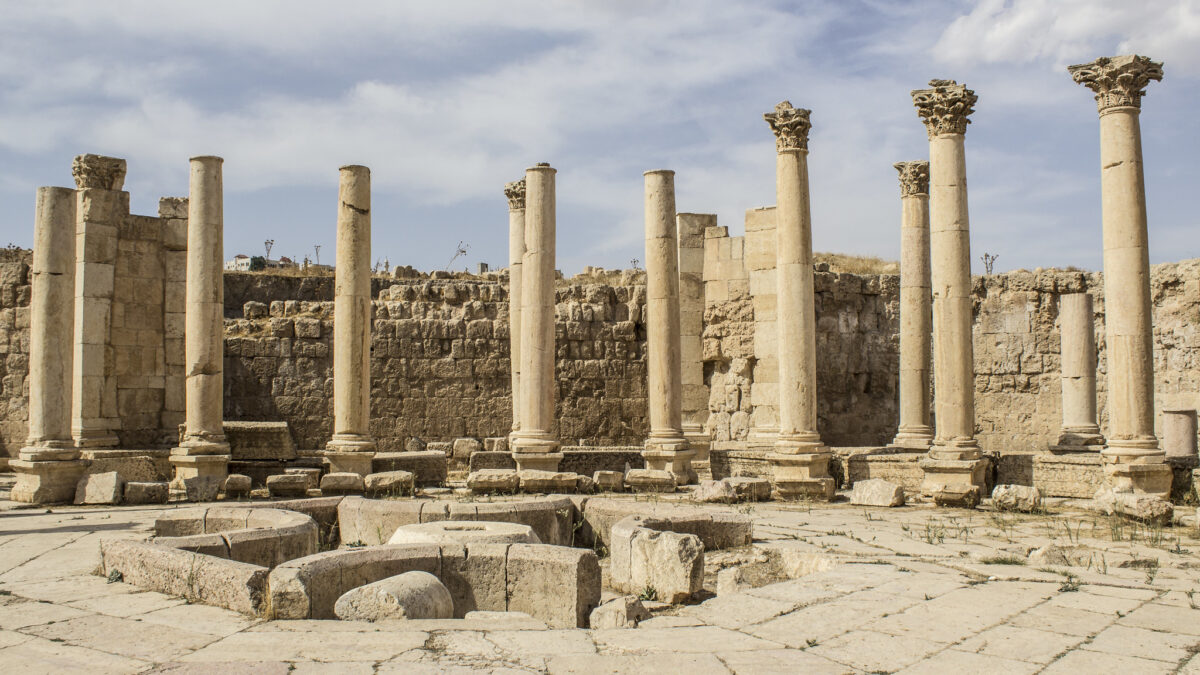
According to recent reports, President Trump is preparing to deliver the final blow in a cultural battle waged for decades. As far back as at least the Reagan administration, the National Endowment for the Arts has been a political volleyball with one side cast as the defenders of real art and free speech and the other as defenders of Norman Rockwell and censorship.
The truth is much more complicated, and as Trump prepares to spike the ball and end the game by axing the NEA, there is reason to be optimistic that this decision will be very good for the arts in America.
American participation in the arts has declined dramatically over the past two decades. According to the NEA’s own numbers, in 1992 41 percent of American adults attended an “arts activity”; by 2012 that number was 33 percent. Arts institutions, which receive the bulwark of NEA funding, are failing badly at reaching new audiences, and losing ground. This is a direct result of the perverse market incentives our nonprofit arts system creates, and the NEA is the godhead of that broken system.
I have personal experience in this area. As the artistic director of an unsubsidized theater company in New York City for more than a decade, I had to compete in a closed marketplace, where wealthy gatekeepers and the government rather than ticket sales pay the bills. Many theater companies, even the country’s most “successful,” get barely 50 percent of their revenue from ticket sales. Much of the rest comes from tax-deductible donations and direct government grants.
This means that the real way to succeed as an arts organization is not to create a product that attracts new audiences, but to create a product that pleases those who dole out the free cash. The industry receives more free money than it did a decade ago, and has fewer attendees. That is a broken system by any estimation. As long as the fancy galas and cocktail parties remain, however, the well-to-do who hold the keys to American art couldn’t care less if art that appeals to the middle class even gets made.
Art For Rich Whites
In 2014, when Paul Ryan chaired House Budget Committee, his proposal sent a clear warning to the NEA. It wrote that the NEA funds programs that are “generally enjoyed by people of higher income levels, making them a wealth transfer from poorer to wealthier.” Study after study has shown this to be true, and common sense tells us that opera, theater, and ballet are attended far more by people of significant means than by the poor or middle class.
The NEA and its supporters understood that this was a far more vital attack on nonprofit art funding than objections to offensive art. It struck at the heart of the progressive program, which means to democratize art, not secure its place as an elitist enterprise. But far from addressing this concern, supporters of the NEA doubled down.
In 2014 an absurd study from Southern Methodist University, funded by arts groups, purported to find that NEA grants provide art for all income levels. Even The New York Times ran a triumphant story, painting Ryan’s concerns as lies. The study’s methodology was quickly dismantled. SMU had used the income level of ZIP codes in which NEA-funded institutions exist to argue that institutions in poorer ZIP codes provided art for those poorer citizens. But this is an ecological fallacy. Just because a theater or concert hall exists near a housing project doesn’t mean residents of the project are buying expensive tickets for events.
It’s telling that NEA supporters felt the need to create this hokum study. Rather than tackle real reform that could have spread federal arts dollars in a more balanced way, they pretend there isn’t a problem and cling to their cronyistic status quo.
Art Needs Fewer Gatekeepers
Ultimately the problem with the NEA and the nonprofit system propping up ivory tower arts institutions is that it crowds out artists who might actually produce work the middle class can enjoy and afford. When government gatekeepers point their magic wand of money and anoint their chosen art, they make the entire infrastructure of art more expensive for everyone.
Arts industries that should be reacting to diminishing audience through creative destruction, belt tightening, and cheaper production models. Instead they stay barely afloat through government intervention.
Taking away free government money for the arts won’t make art disappear. After all, art is older than government. It will force artists and arts organizations to finally come to terms with their market realities. Audiences are better than experts at deciding what art is good or important. If a piece of art is so good that nobody to wants to pay for it, maybe it isn’t all that good.
The Myth of Patronage
One argument we always hear about state funding of the arts is that it has always been this way. We hear about Shakespeare and the Medici. But Shakespeare was a member of one of the earliest for-profit corporations in the English world, The King’s Men. The company received legal protection from court, but it also turned a profit. Also, the Medici didn’t sponsor art to be charitable. It was a status symbol for a great and powerful family. It was renaissance marketing.
In the American tradition, vaudeville, jazz, standup comedy, and many other art forms were created and grew within the free market, free from government assistance. Under this system there was a tremendous appetite for high art among Americans, long before the advent of the non-profit system. The cultural literacy of the average American in 1950 makes today’s Americans looks like Cletus the slack-jawed yokel. Poets and conductors were famous, and talented producers brought art to a public willing to pay for it.
If It’s Broke, Fix It
The NEA and non-profit model are a taxpayer-funded perpetual motion machine of institutional art shielded from competition. These arts organizations can’t cut it in the real world, and the longer we pretend they are “too special to fail,” the longer average Americans will suffer an arts industry that cares nothing about what they want or are interested in.
The NEA has failed. It happens. It was well-intentioned, and some very good and earnest people have worked there, but results are results. The artists of America are ready for a marketplace that will place value on work that people want. Many of us are tired of kowtowing to the tropes of the administrators of public funds. By ending the NEA we are saying: Get out of the way and let us make our work on a fair and level playing field.
Art moves fast when allowed to. The new becomes passé in the blink of an eye. The innovations of Glenn Miller become mild traditionalism in the face of Led Zeppelin. The only things that can stand in the way of this rapid and important change are institutions and agencies standing athwart progress. President Trump is wise to get the government out of the art game, and all of us will be better off for his decision.








